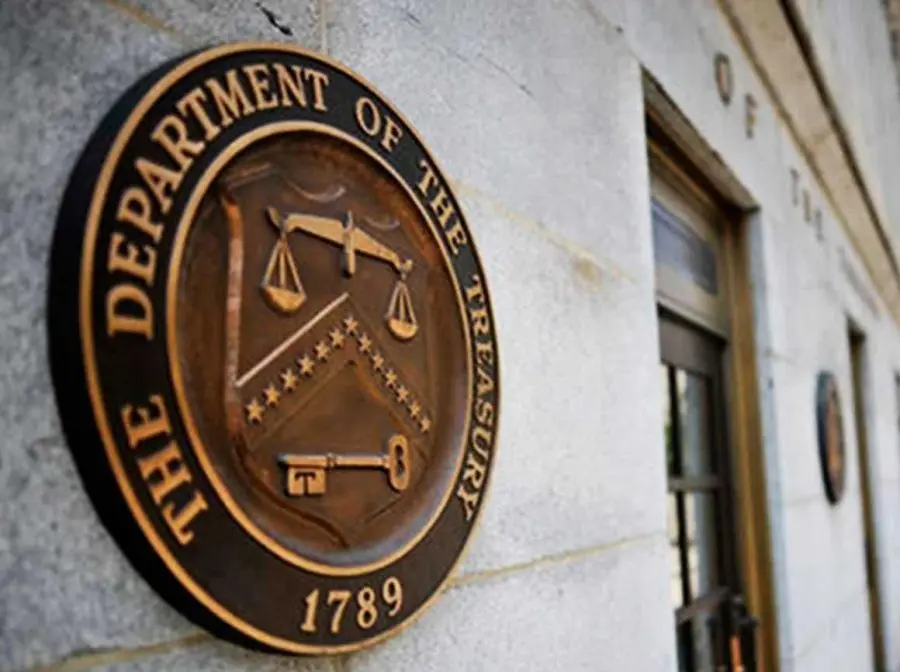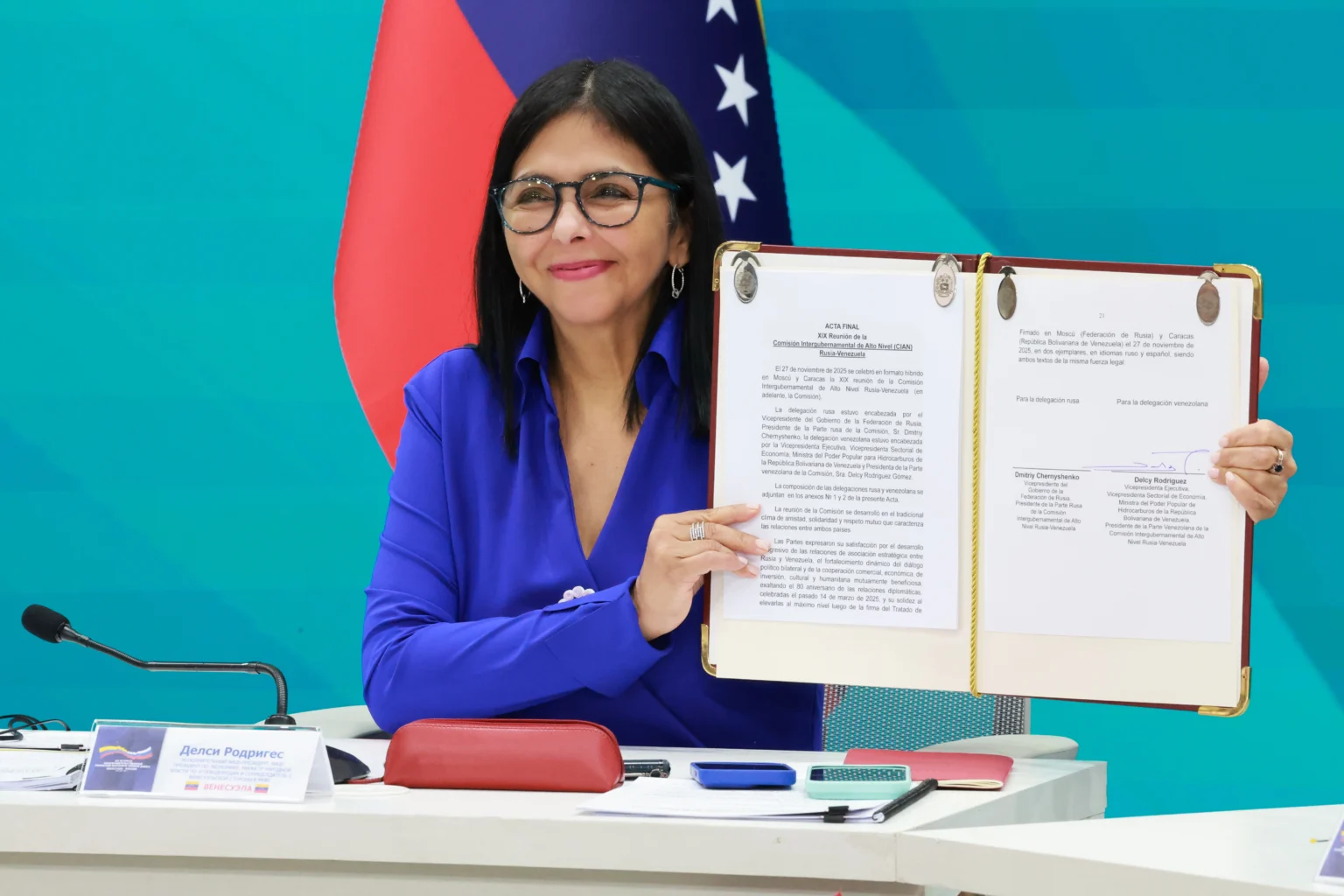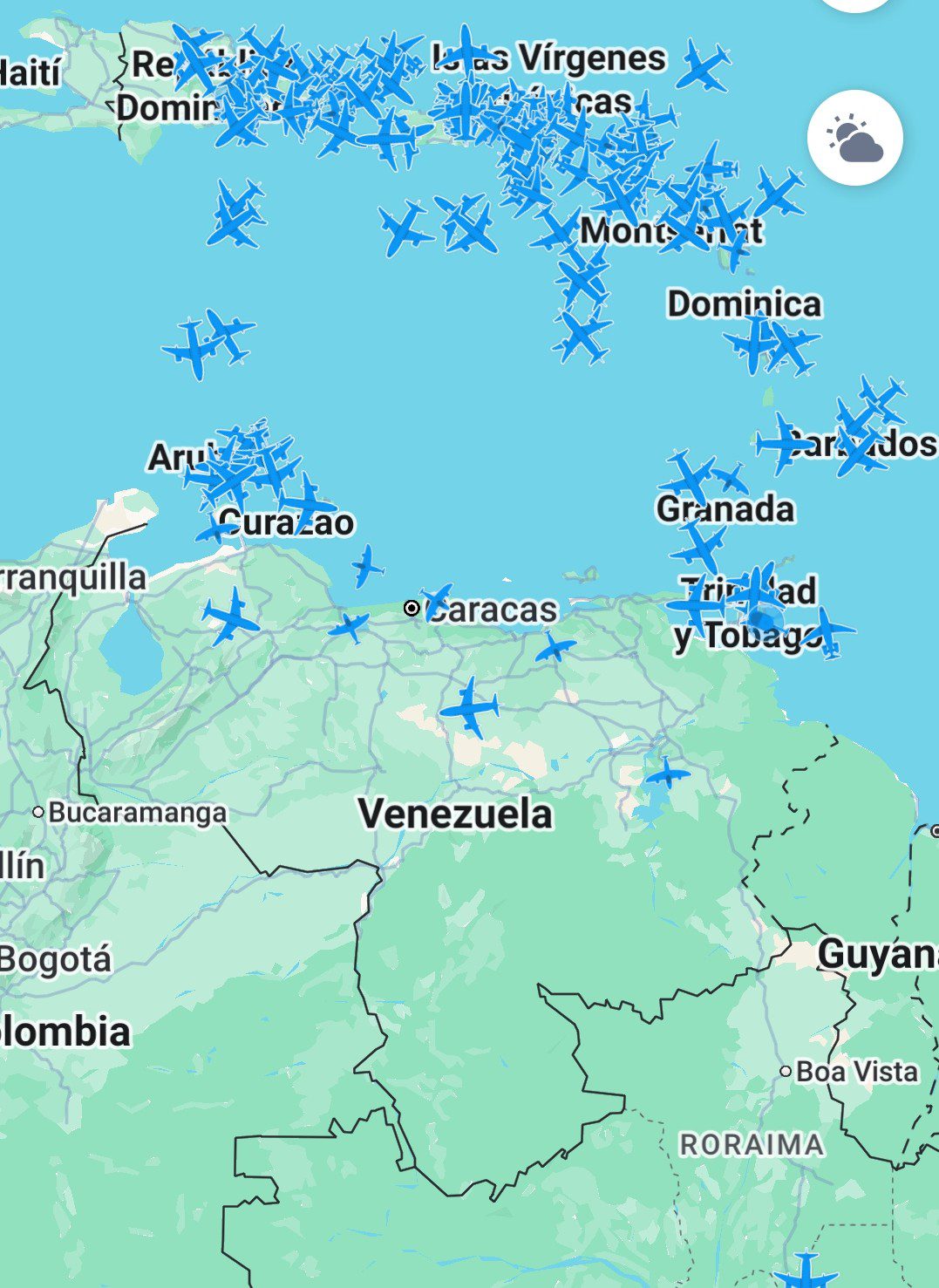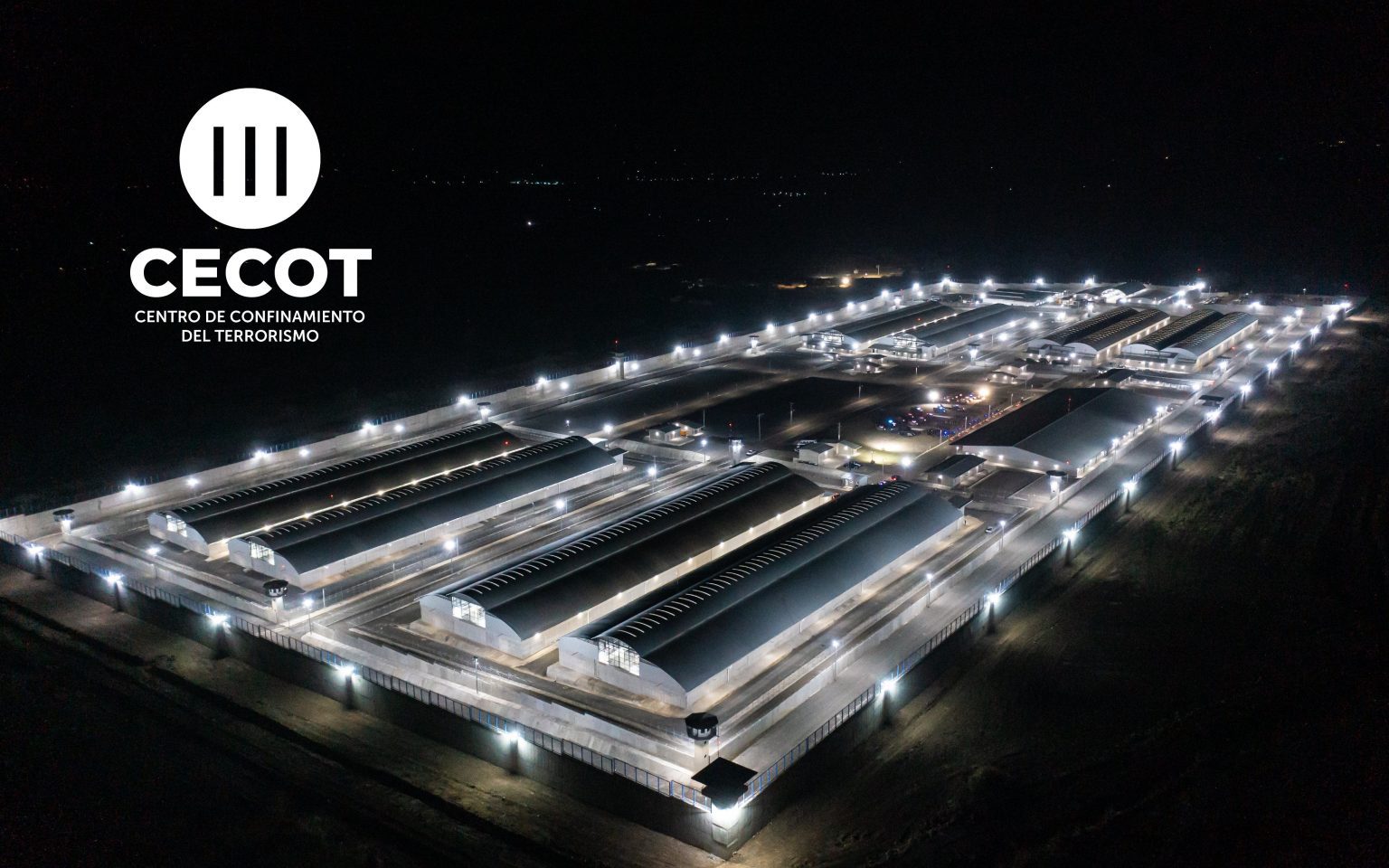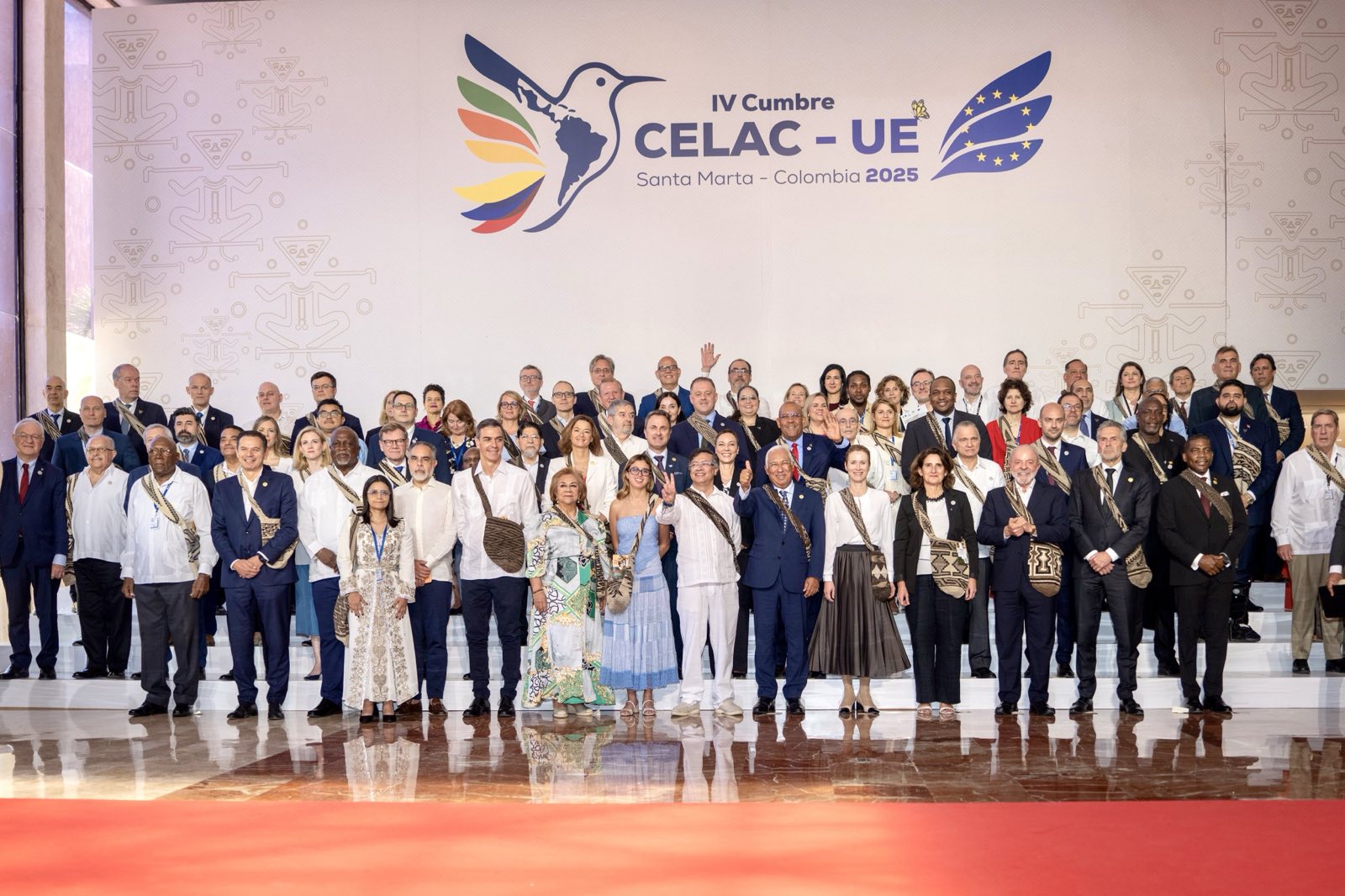The SCO is composed of eight full members: China, Russia, India, Pakistan, Kazakhstan, Kyrgyzstan, Tajikistan, and Uzbekistan. It also includes observer states such as Iran (which recently became a full member),Belarus, and Mongolia, as well as dialogue partners like Turkey, Egypt, Qatar, Saudi Arabia, and other countries seeking to connect with this regional architecture. Photo: social media
Guacamaya, September 1, 2025. The recent Shanghai Cooperation Organization (SCO) Summit, held in China, became a highly relevant geopolitical event that transcends the borders of Central Asia. The meeting brought together leaders of major powers and emerging countries, consolidating the SCO as a space for dialogue and coordination that seeks to offer alternatives to the international order that emerged after World War II.
The presence of United Nations Secretary-General António Guterres reflected the importance the multilateral system places on this organization, but also underscored the tension between the model of global governance promoted by the West and the alternative proposals emerging from Eurasia. In this sense, the SCO is consolidating itself as a forum that goes beyond regional security, projecting itself as a platform for the reconfiguration of international norms and institutions.
What is the SCO? What is its origin and structure?
Founded in 2001 in Shanghai, the Shanghai Cooperation Organization traces its roots back to the so-called “Shanghai Five,” created in 1996 to manage border disputes between China, Russia, and the Central Asian republics after the dissolution of the USSR. Over time, the organization expanded its mandate to include cooperation in security, counterterrorism, regional stability, and economic integration.
Currently, the SCO has eight full members: China, Russia, India, Pakistan, Kazakhstan, Kyrgyzstan, Tajikistan, and Uzbekistan. It also includes observer states such as Iran (which recently became a full member), Belarus, and Mongolia, as well as dialogue partners like Turkey, Egypt, Qatar, Saudi Arabia, and others seeking to connect with this regional architecture. The diversity of its members makes the SCO an organization that encompasses nearly half of the world’s population and concentrates a significant share of global energy resources. In numbers, it covers around 40% of the world’s population and over 30% of global GDP and, with the accession of Iran in 2023, controls 20% of oil reserves and 44% of natural gas reserves.
The institutional structure of the SCO reflects a flexible model of governance, based on consensus and respect for state sovereignty. Its main bodies include:
The Council of Heads of State, which defines strategic priorities.
The Council of Heads of Government, responsible for economic cooperation.
The Council of Foreign Ministers, which coordinates diplomatic positions.
The Permanent Secretariat, based in Beijing, responsible for daily management.
The Regional Anti-Terrorist Structure (RATS), headquartered in Tashkent, focused on combating terrorism, separatism, and extremism.
This institutional design allows the SCO to combine elements of collective security with projects of economic integration and cultural cooperation, positioning it as a multidimensional forum in Eurasia.
Initiatives at the SCO Summit
At the Summit, China reinforced its leadership by presenting and promoting strategic initiatives aimed at consolidating its vision of global order. The Global Security Initiative (GSI), launched in 2022 by Xi Jinping, proposes a new security architecture that prioritizes respect for sovereignty, non-interference, the indivisibility of security, and “win-win” solutions. This approach projects itself as an alternative to Western-led security frameworks and has resonated among countries facing sanctions or tensions with the United States, NATO, and the European Union.
Alongside it, the Global Governance Initiative seeks to reshape international norms and institutions based on principles of equity, multipolarity, and inclusive development. For China, these proposals are mechanisms not only to dispute leadership but also to reformulate the global narrative around cooperation, development, and security.
Xi Jinping and Guterres addressed all aspects of cooperation between China and the United Nations from a “multilateralist” perspective, with a view toward “reforming international institutions and the global financial architecture,” according to a statement released by the Secretary-General’s office. They also discussed the implementation of the Pact for the Future, which seeks to promote sustainable development, as well as crucial issues such as artificial intelligence, climate change, and global and regional developments.
In addition, Xi announced a cooperation platform in green and energy industries, backed by $1.4 billion in loans to member countries over the next three years, and urged the adoption of the BeiDou satellite system as an alternative to the U.S. GPS. The summit also approved the roadmap of the Energy Cooperation Strategy to 2030, aimed at a self-sufficient system with gas pipelines, nuclear exports, and Turkey as a future regional hub.
On the diplomatic front, leaders approved the Tianjin Declaration, reaffirming principles of non-interference, rejecting the use of force in international relations, and calling for a profound reform of the United Nations to adapt it to the realities of the 21st century. The text also condemned attacks by Israel and the United States against Iran last June, stressed the need to ensure the security of nuclear facilities “even during armed conflicts,” and advocated for a just solution for Palestine, denouncing the humanitarian crisis in Gaza.
The SCO also reaffirmed its commitment to an independent, neutral, and peaceful Afghanistan, adopted 24 cooperation documents in security, economy, culture, and organizational development, and highlighted advances in counterterrorism achieved over the past decade through the Regional Anti-Terrorist Structure (RATS), based in Tashkent.
One of the central announcements of the Summit was the creation of the SCO’s own development bank, a proposal pushed by Beijing for more than a decade and which until now had faced resistance from Moscow. “This initiative will provide a strong boost for infrastructure and socioeconomic development of member states,” declared Chinese Foreign Minister Wang Yi. President Xi Jinping urged the new financial institution to begin operating “as soon as possible,” thus consolidating a diplomatic victory for China over Russia’s insistence that Beijing join the Eurasian Development Bank, dominated by Moscow and headquartered in Kazakhstan.
Turkey and its role at the Summit
One of the most striking presences at this edition was Turkey, an SCO dialogue partner. Ankara projects itself as a key mediator in conflicts such as Ukraine and seeks to strengthen its influence in Central Asia, a region it considers part of its natural sphere of influence. Turkey is betting on becoming a Eurasian connection hub through the expansion of infrastructure and trade corridors that take advantage of its strategic position between East and West. Its role in the SCO reflects the ambition to diversify alliances and reduce its dependence on the West, while taking advantage of trade tensions between the EU and the U.S. over tariffs, positioning itself as a bridge or gateway to Europe for markets in South and Central Asia—and especially China—to fill the gap that could emerge if tensions between Washington and Brussels escalate.
The Xi–Modi–Putin photo: a challenge that demands attention
One of the most talked-about moments of the Summit was the joint photograph of Xi Jinping, Narendra Modi, and Vladimir Putin. The image symbolizes a challenge to U.S. strategies, particularly the failed attempt by the Trump administration and his Secretary of State, Marco Rubio, to draw Russia away from Chinese influence. On the contrary, Western sanctions imposed on Moscow after the war in Ukraine have strengthened its dependence on Beijing and increased its cooperation with India.
In India’s case, the image also sent a powerful message: despite Washington’s pressure, which even threatened to impose tariffs if New Delhi continued buying Russian oil, Modi reaffirmed his country’s strategic autonomy. India seeks to maintain relations with all centers of power, defending its room for maneuver within a contested international order.
Multilateral reforms and financial alternatives
The Summit made clear that the SCO is no longer just a regional forum. The presence of the UN Secretary-General and the agenda discussed reflected an open challenge to the multilateral system designed by the northern global powers after 1945. The alignment of sanctioned countries and emerging powers around the creation of new financial institutions—including proposals for an alternative to the SWIFT system—shows the emergence of a bloc seeking greater autonomy from Western economic pressures.
In this context, China presents itself as a defender of multilateralism, but under a conception adapted to its interests and rules—hence the insistence on reform. The United States, by contrast, has shown signs of retreat from multilateral organizations, opening space for actors such as China, Russia, India, and Turkey to push for reforms that adjust global governance to their strategic needs—developments that would have highly relevant implications for Latin America and Africa and their respective realities.


